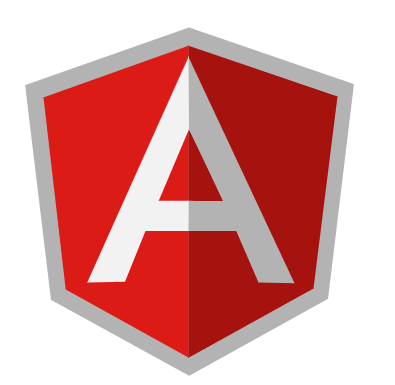React JS Training Course
- 24k Enrolled Learners
- Weekend/Weekday
- Live Class
Angular brought about a revolution in how developers view front end development. It successfully modularized the entire building process of a single page application. This was made possible due to the use of Angular components. In this article, we will be having a look into the building block of angular with the examples. The following topics will be discussed through the course of this article:

That’s enough about Angular, let’s address the elephant in the room i.e. angular components.
Simply put, a component is the building block of any angular application.

Gmail is made using Angular, so it’s a great example to showcase components. Think about each section that I have marked out as a separate component. Each component is just its own bundle of HTML, CSS and TypeScript. With the use of components, the entire page can be broken down into simpler pieces that can be coded separately and integrated later.
With the use of components, developers also get closer to the DRY protocol. A component once created, can be used as many times needed, hence reducing coding time, and also not writing repetitive code. Now that you have a general idea of angular components, let’s learn how to create them.
Unleash your creativity and build stunning websites with our Website Development Course.
Also Read : React Toastify – Comprehensive Guide
There are two ways to create a component –
Creating a component using the CLI is extremely easy and straightforward. This is the method you will be using most of the time. To create a component called server, you can use the command:
ng generate component server
The above command can be also written as:
ng g c server
You can also specify a path for your component to be created in:
ng g c server-folder/server
Any of the above commands will create a component called server. Since it has been created through the angular CLI, imports and declarations are all done automatically. The case is a little different if you wish to create your components manually for some reason. Let’s see how we can create these files manually.
Also Read : How To Use Reactive Forms in Angular?
In this section, we are going to create the server component manually.
Step 1: Create a folder called server in your project under app/src.
Step 2: Create a new file in this folder called server.component.html. We are naming it in this fashion so that we are very clear about the file that we are creating.
Step 3: Fill in your HTML file with the appropriate code. For this example, let’s just paste the following:
<h3>You are currently viewing the server component</h3>
Step 4: Now create a TypeScript file. Right-click on the folder and create a new file. Name it – server.component.ts.
Step 5: Create the CSS file for your component. Name it – server.component.css
Step 6: In your TypeScript file you will be defining the business logic of your component. Other than that, the component’s metadata is also defined here.
import { Component } from '@angular/core';
@Component ({
selector: 'app-server',
templateUrl: './server.component.html',
styleUrl: [ './server.component.css' ]
})
export class ServerComponent {}
In the first line of code, we import components from the core angular library. Then we define the metadata of the component using the component decorator. In the metadata, we first define the selector, which out here is app-server. To use this component we have to use the <app-server></app-server> tag in our HTML file. The templateUrl tells Angular where to look for the content of app-server and similarly, the stylesUrl tells us about the styling of that particular component.
Lastly, we are exporting the class ServerComponent, so that we can use the component in other parts of our project. In the class, you can define the logic that you would deem appropriate for your component.
Step 7: We are done creating the component, but we still need to inform TypeScript and Angular about this new component that we have created. Head over to the app module file. The name of the file should be app.module.ts. In the file you will find a declarations array. Add ServerComponent to the declaration. After that import the component.
import { ServerComponent } from './server.component'
A component has 3 main files.
These three files when working hand in hand, make up an angular component.
Related Post: Angular Version – History, Features, Difference
This brings us to the end of “Angular Components” article. I hope this article was informative and has added value to you. Now, you must be clear with the basics of Angular components and how to create them. I would recommend you to go through this Angular Tutorial Edureka video playlist to watch videos and learn how to create an Angular application.
If you wish to learn more about Angular framework, then check out our Angular Course which comes with instructor-led live training and real-life project experience. This training will help you understand Angular in-depth and help you achieve mastery over the subject.
Got a question for us? Please mention it in the comments section of ”Angular Components” and I will get back to you.
Related Post : Decorators In Angular
 Thank you for registering Join Edureka Meetup community for 100+ Free Webinars each month JOIN MEETUP GROUP
Thank you for registering Join Edureka Meetup community for 100+ Free Webinars each month JOIN MEETUP GROUPedureka.co
There is definately a lot to know about this issue. I like all the points you’ve made.